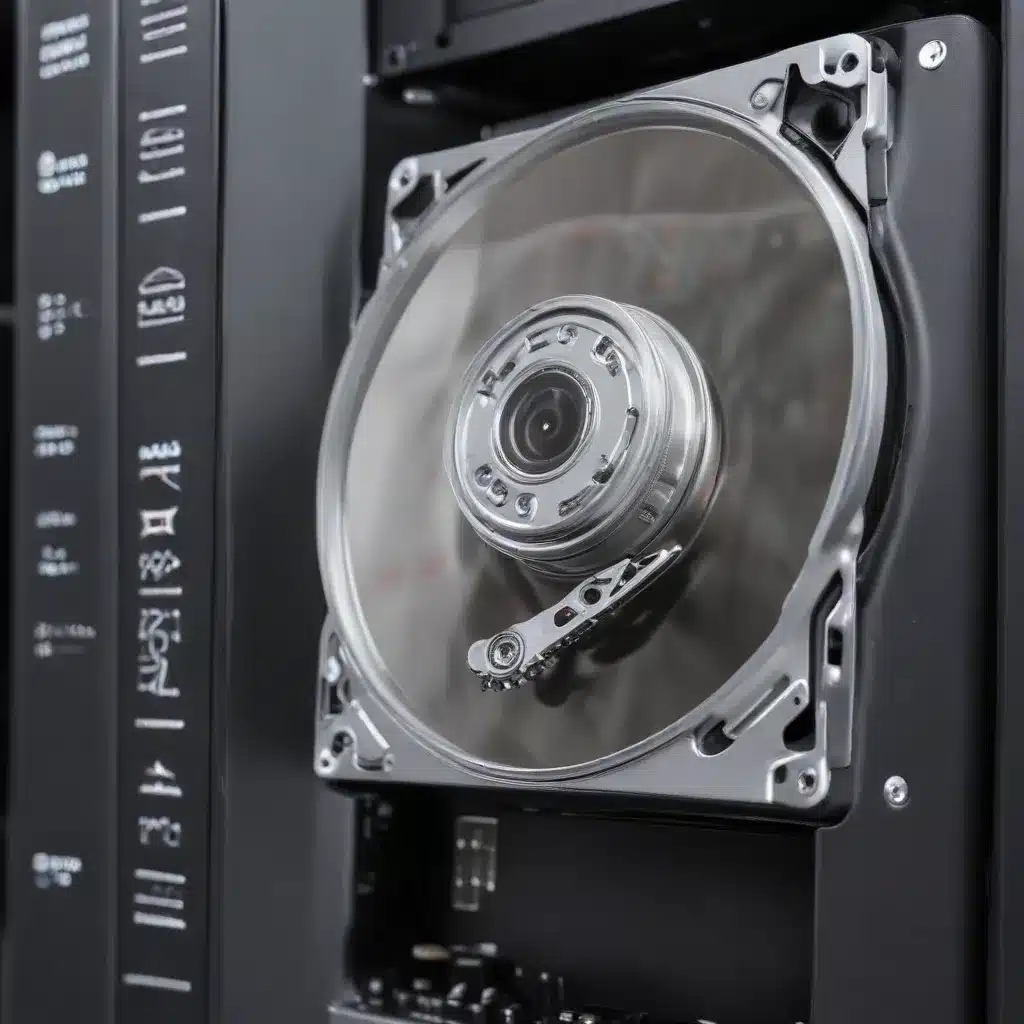
In today’s digital landscape, efficient data storage management has become increasingly crucial for both individuals and organizations. As the volume of data we generate continues to grow exponentially, it’s essential to understand the best practices and techniques for optimizing your computer’s storage capabilities. In this comprehensive article, we’ll explore the hardware considerations, operating system optimization strategies, data optimization techniques, and cloud storage solutions that can help you maximize the efficiency of your computer’s data storage management.
Hardware Considerations
The foundation of effective data storage management begins with the hardware components that house your data. Let’s delve into the different types of storage devices and their respective interfaces.
Storage Devices
Hard Disk Drives (HDDs): Traditional HDDs use magnetic disks to store data. They offer large storage capacities at relatively low costs, making them a popular choice for mass data storage. However, HDDs are susceptible to mechanical failures and have slower access times compared to their solid-state counterparts.
Solid-State Drives (SSDs): SSDs utilize flash memory to store data, providing faster read and write speeds, lower power consumption, and increased durability. While SSDs typically offer lower storage capacities than HDDs, their performance advantages make them the preferred choice for operating system and application installations.
Storage Interfaces
Serial ATA (SATA): SATA is a common storage interface used in both HDDs and SSDs. It offers a balance between performance, cost, and compatibility, making it a widely adopted standard for data storage.
Non-Volatile Memory Express (NVMe): NVMe is a high-performance storage interface designed to take advantage of the speed capabilities of solid-state storage. By utilizing the PCIe bus, NVMe SSDs can achieve significantly faster data transfer rates compared to traditional SATA-based storage devices.
When selecting storage devices for your computer, it’s essential to consider the trade-offs between capacity, performance, and cost. A combination of HDD and SSD storage can provide the best of both worlds, with the HDD serving as a high-capacity data repository and the SSD handling the operating system and frequently accessed applications.
Operating System Optimization
Beyond the hardware considerations, optimizing your computer’s operating system can greatly improve the efficiency of your data storage management.
File System Management
NTFS (New Technology File System): NTFS is the default file system for Windows operating systems, offering features like file compression, encryption, and advanced security permissions.
ext4 (Fourth Extended File System): ext4 is the most commonly used file system for Linux-based operating systems. It provides advanced features such as increased maximum file and partition sizes, improved performance, and enhanced reliability.
Choosing the appropriate file system for your needs and regularly maintaining it can help ensure the integrity and performance of your data storage.
Disk Partitioning
Primary Partitions: Primary partitions are the main partitions on a storage device, typically used to install the operating system and store essential system files.
Logical Partitions: Logical partitions are additional partitions created within an extended partition, allowing for the efficient organization and management of data.
Proper disk partitioning can help you allocate storage space more effectively, improve data organization, and enhance the overall performance of your computer.
Data Optimization Techniques
Alongside hardware and operating system considerations, implementing data optimization techniques can further enhance the efficiency of your computer’s data storage management.
Data Compression
Lossless Compression: Lossless compression algorithms, such as ZIP or GZIP, reduce the file size without compromising the original data. This technique is particularly useful for text-based files, documents, and other types of data where the original content must remain intact.
Lossy Compression: Lossy compression, exemplified by formats like JPEG and MP3, sacrifices some data quality to achieve smaller file sizes. This approach is often used for multimedia files, where a slight reduction in quality may be acceptable in exchange for significant space savings.
Data Deduplication
Data deduplication is a process that identifies and eliminates redundant data, reducing the overall storage footprint. By identifying and storing only unique data blocks, deduplication can significantly optimize storage utilization, particularly in scenarios where multiple copies of the same data exist.
Virtualization and Cloud Storage
The rise of virtualization and cloud storage solutions has revolutionized data storage management, offering increased flexibility, scalability, and accessibility.
Virtual Disk Management
Virtual Hard Disks (VHDs): VHDs are virtual storage containers that emulate the behavior of physical hard disk drives. They are commonly used in virtual machine environments, allowing for the efficient management and portability of data.
VMDK (Virtual Machine Disk) Files: VMDK files are the standard virtual disk format used by VMware, a leading virtualization platform. These files provide a virtualized representation of physical storage, enabling seamless data management within virtual machine environments.
Cloud Storage Services
Google Drive: Google Drive is a popular cloud storage service that offers online storage, file sharing, and collaboration capabilities. It allows users to access and manage their data from any internet-connected device.
Dropbox: Dropbox is a widely adopted cloud storage and file synchronization service, enabling users to store, share, and collaborate on files across multiple devices.
Microsoft OneDrive: OneDrive is Microsoft’s cloud storage solution, tightly integrated with the Microsoft ecosystem, including Office 365 and Windows operating systems.
Cloud storage services provide a convenient and scalable way to store, backup, and access your data, reducing the burden on your local computer’s storage while ensuring data accessibility and resilience.
By understanding and leveraging these hardware, operating system, data optimization, and cloud storage strategies, you can maximize the efficiency of your computer’s data storage management. This will not only enhance the performance and reliability of your system but also safeguard your valuable data, ensuring its accessibility and preservation for years to come.
For more IT-related tips and insights, be sure to visit the IT Fix blog. Our team of experts is dedicated to providing you with the latest information and practical solutions to help you stay ahead in the ever-evolving world of technology.












